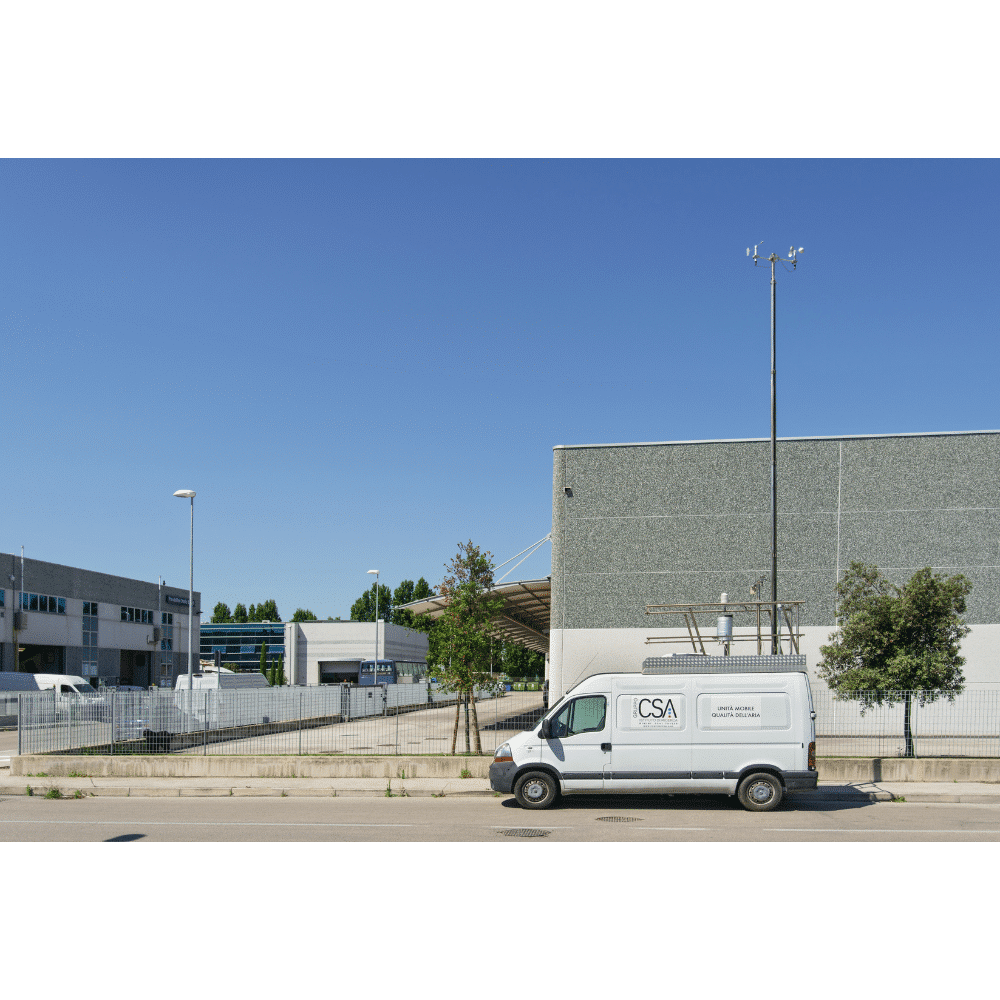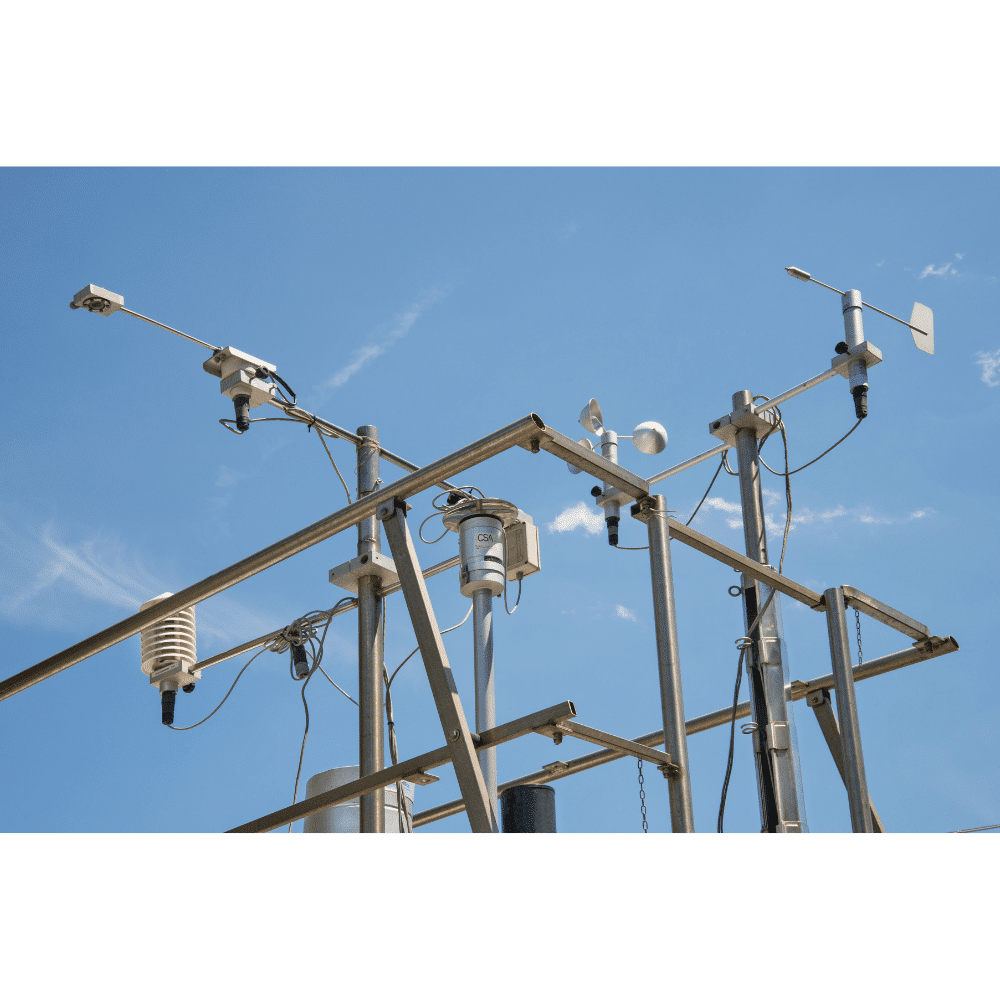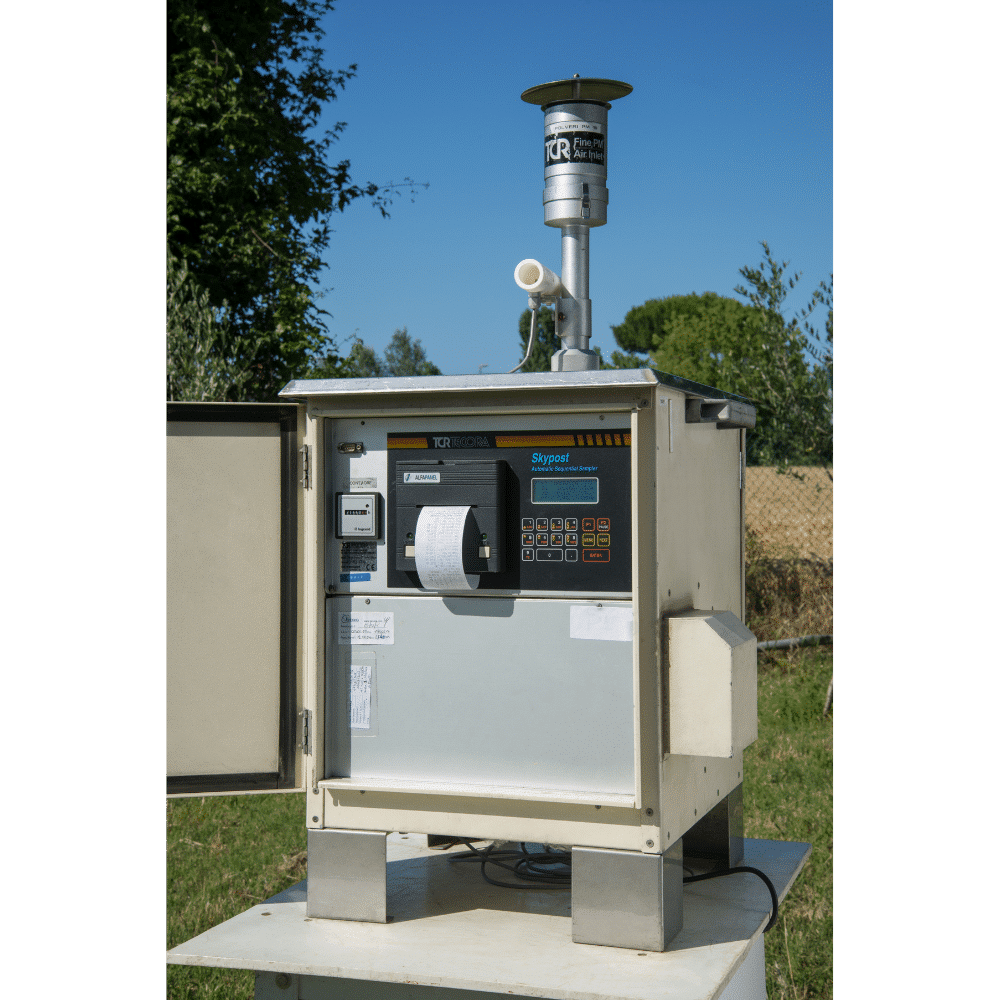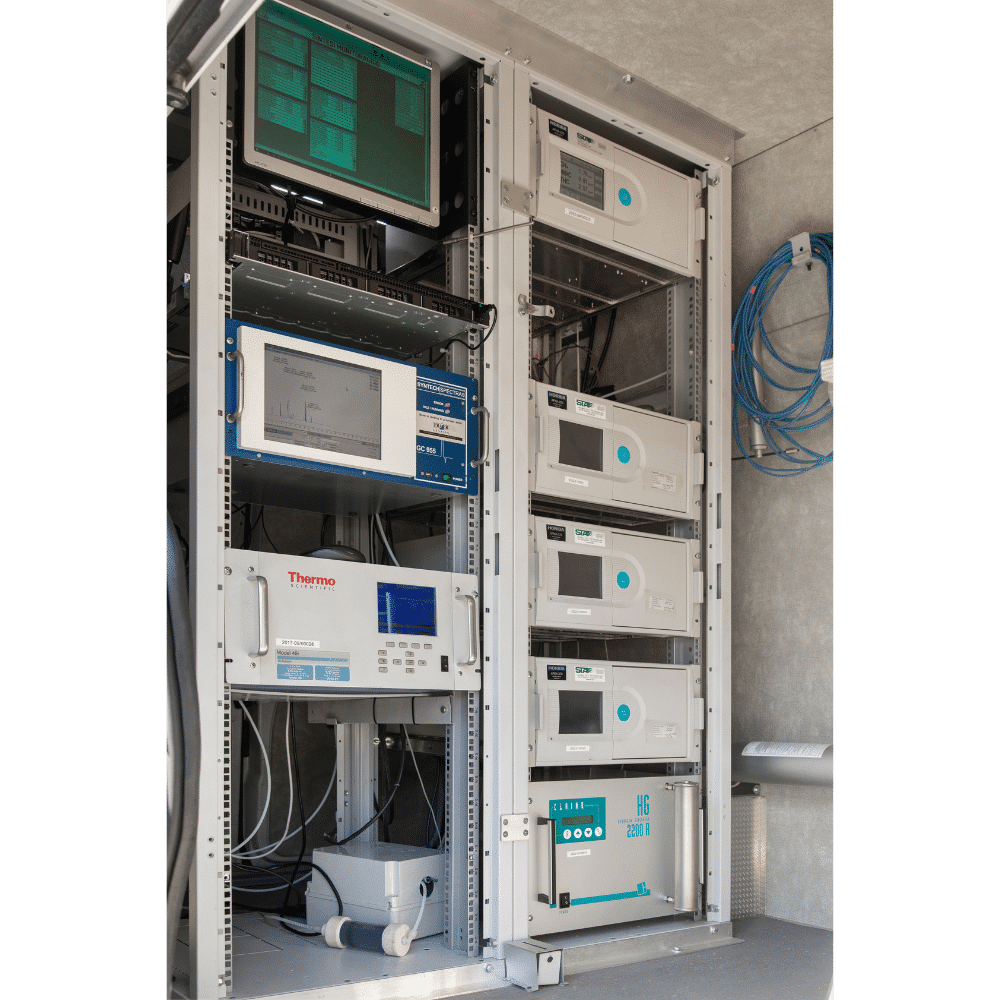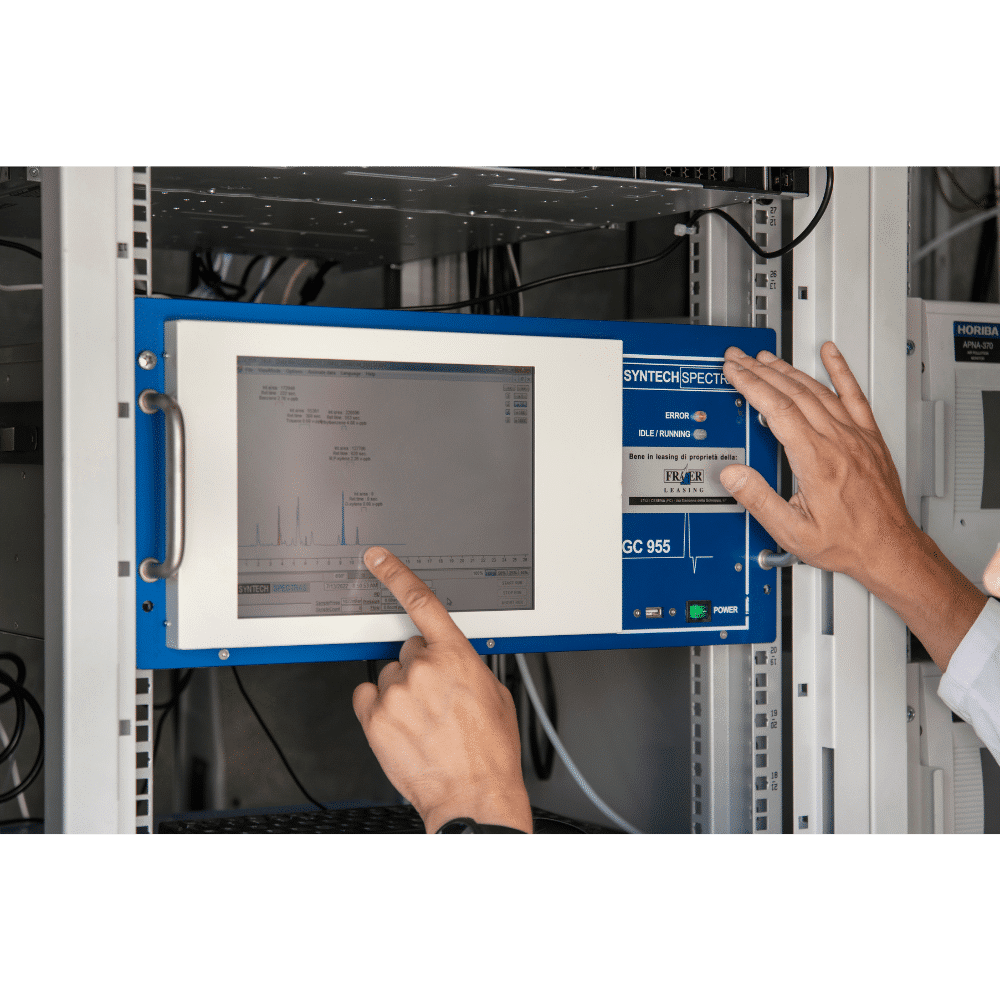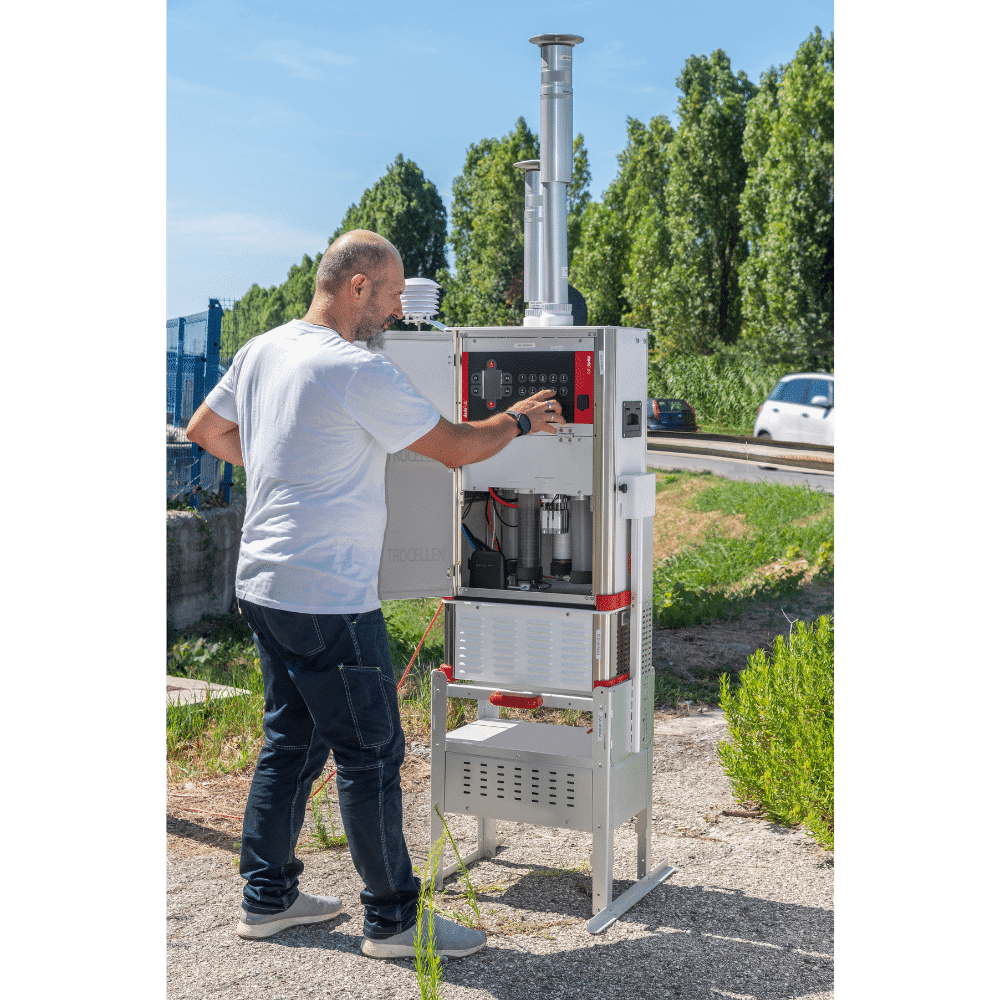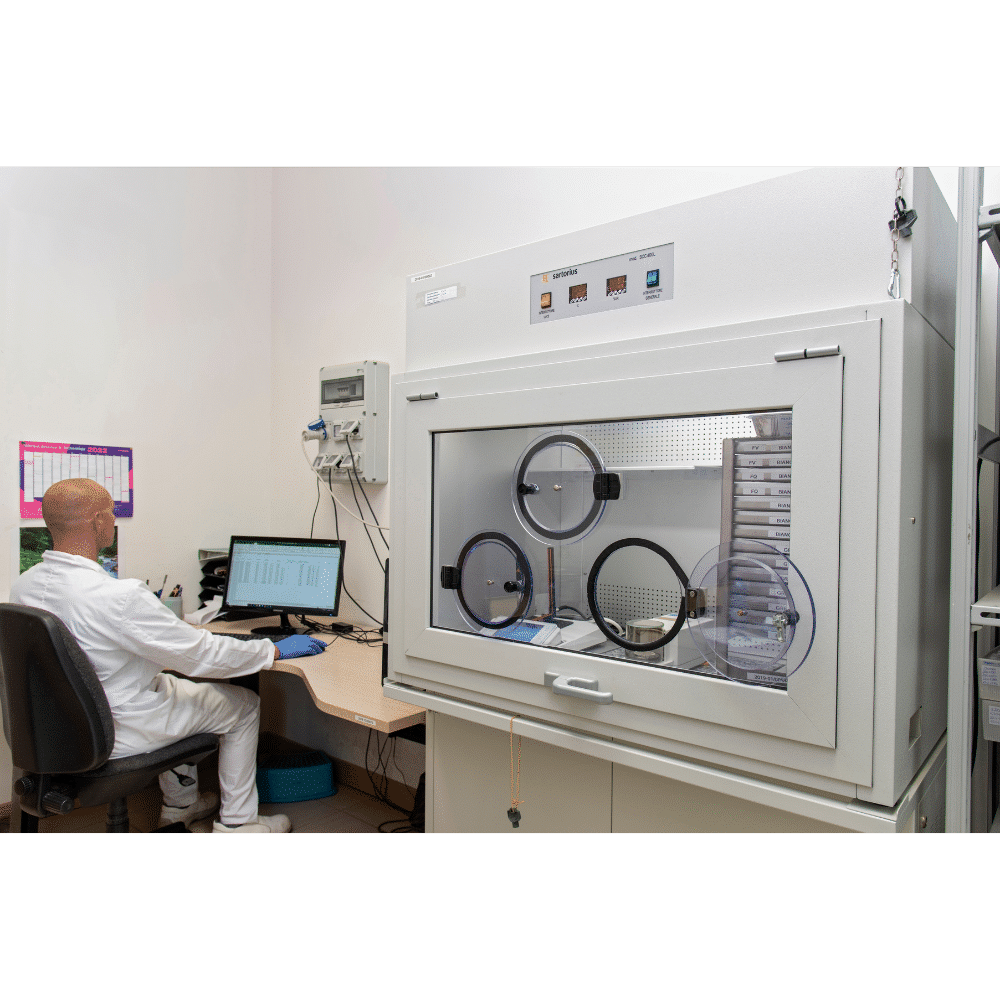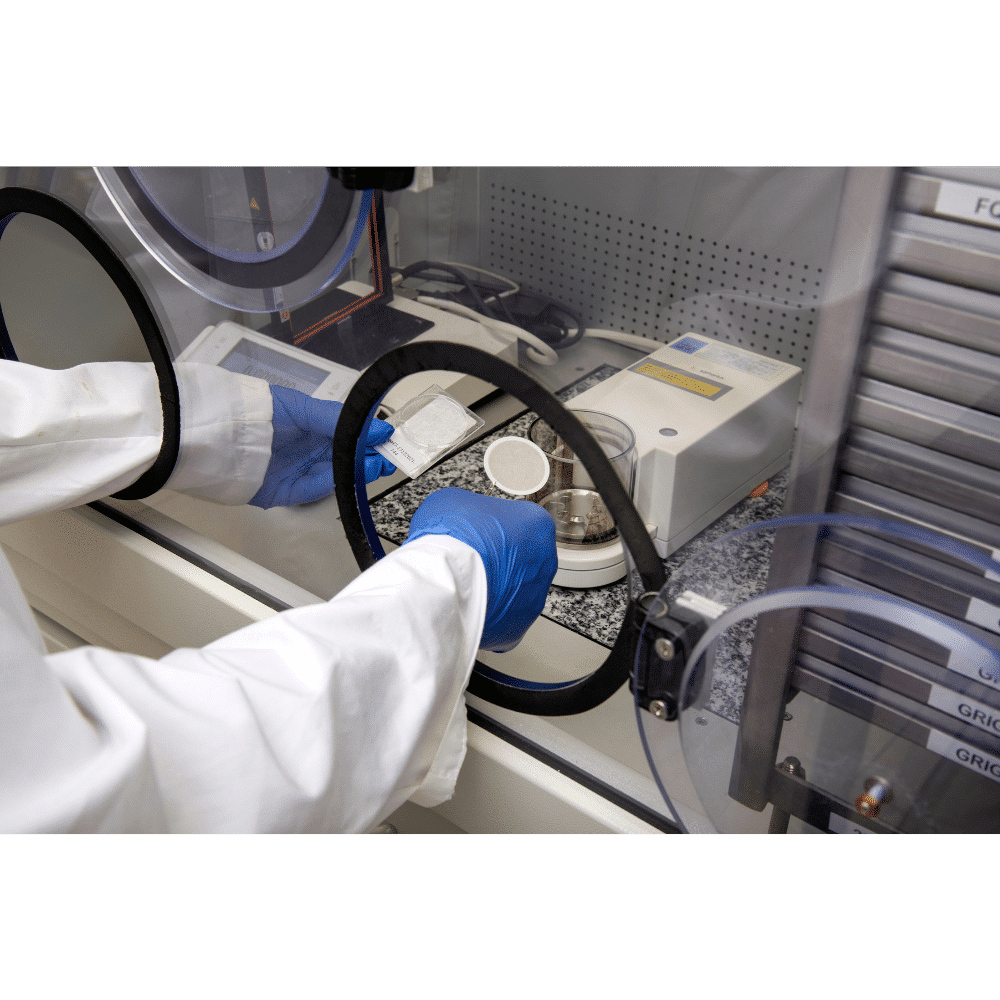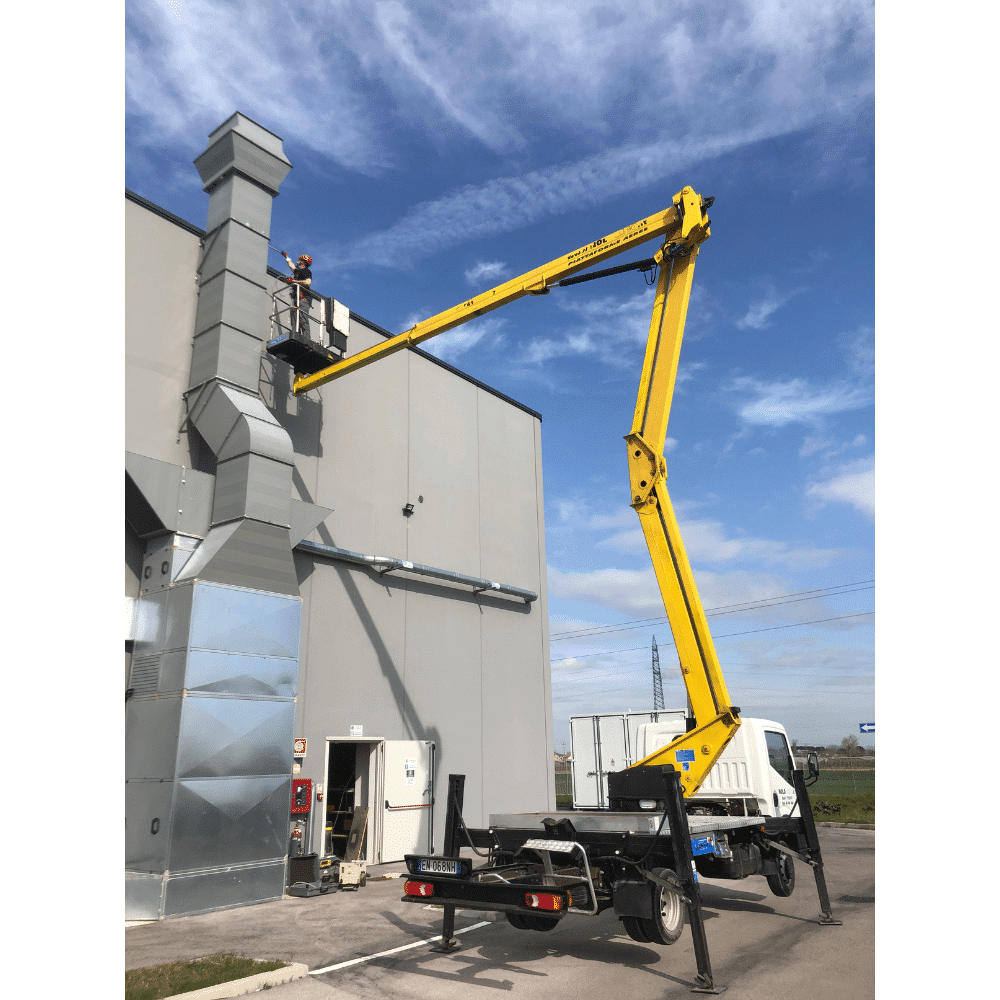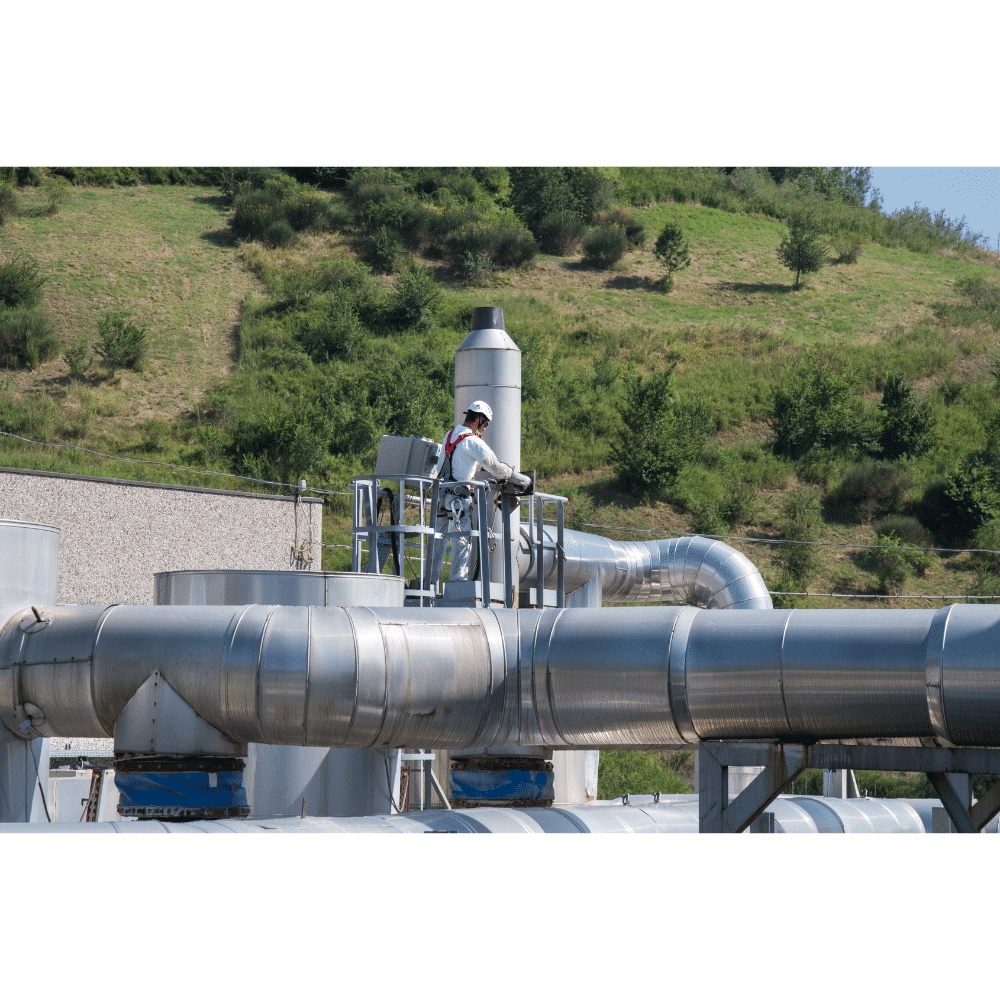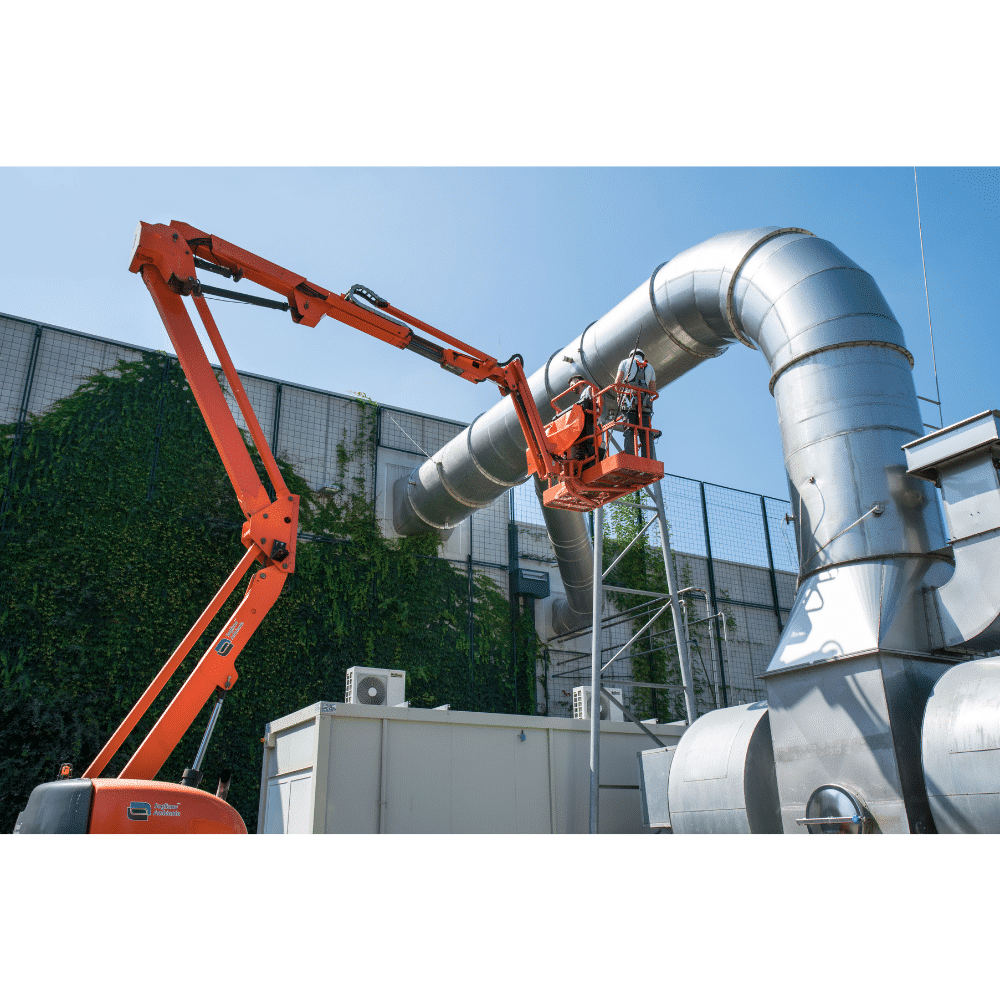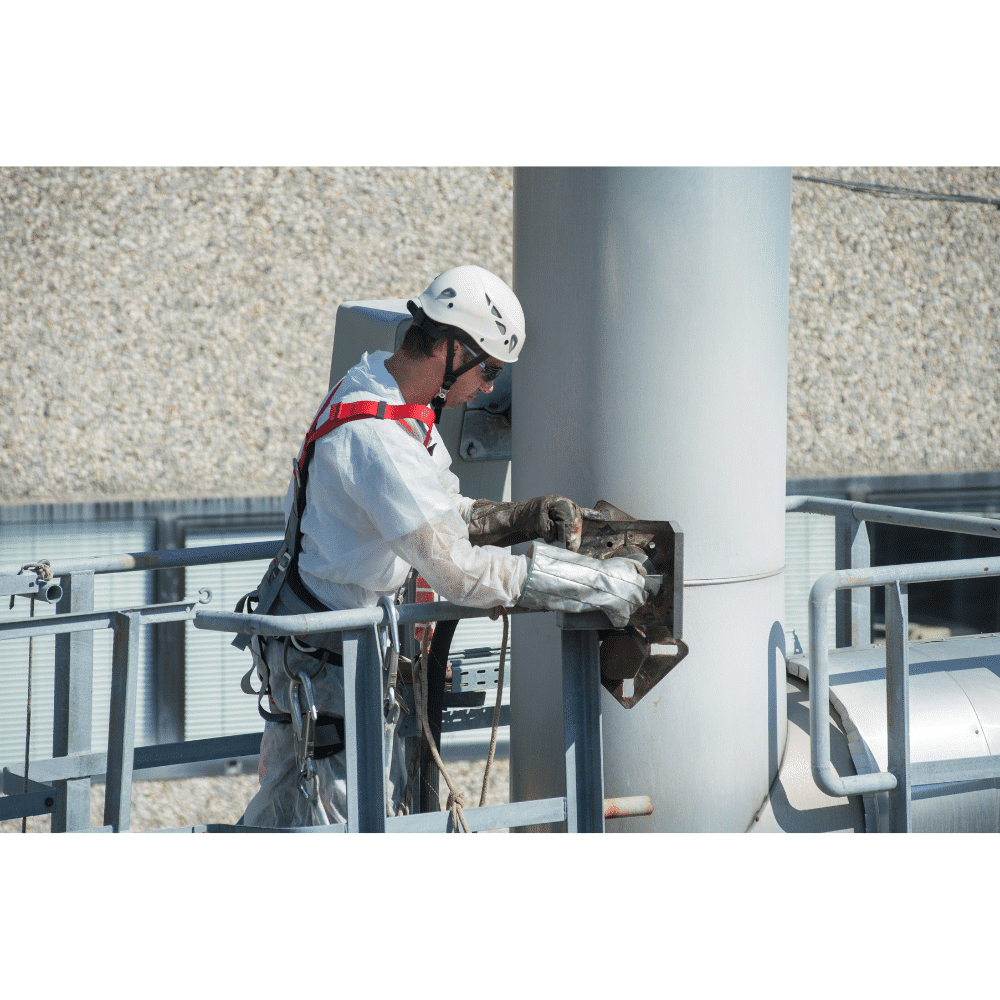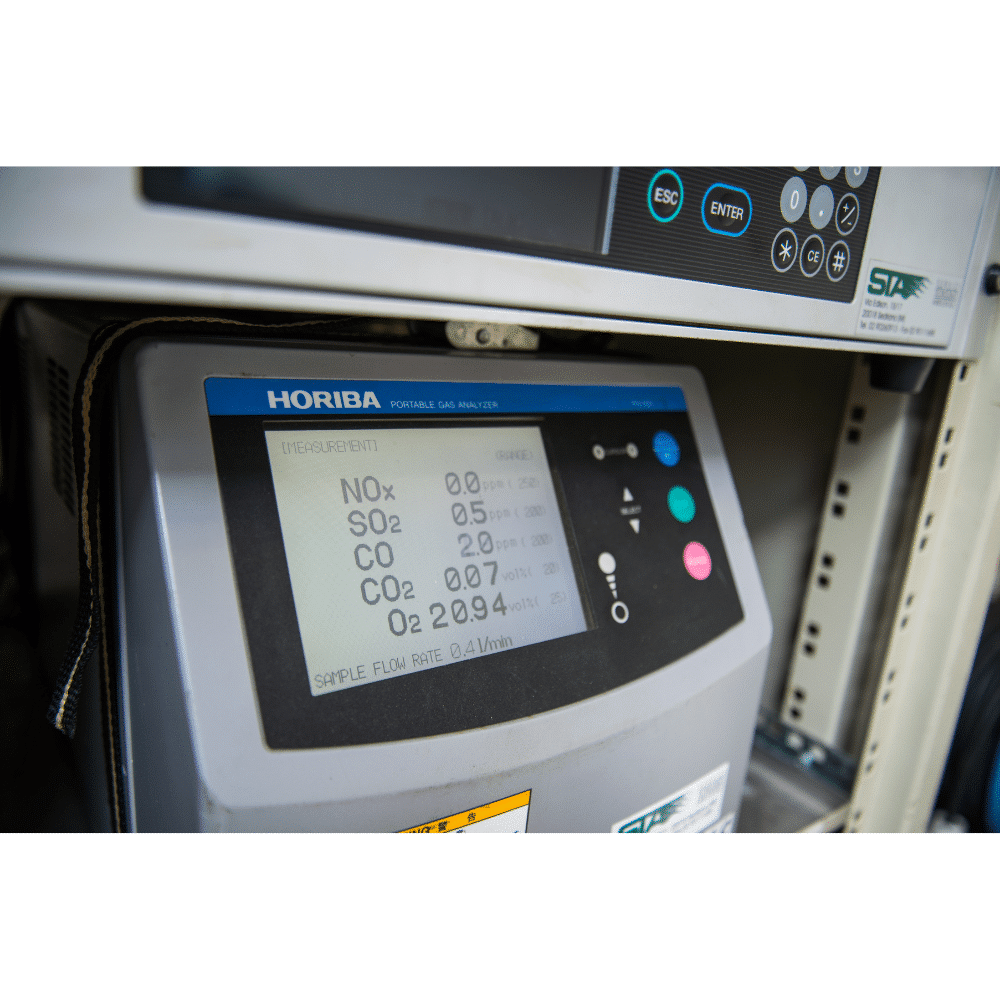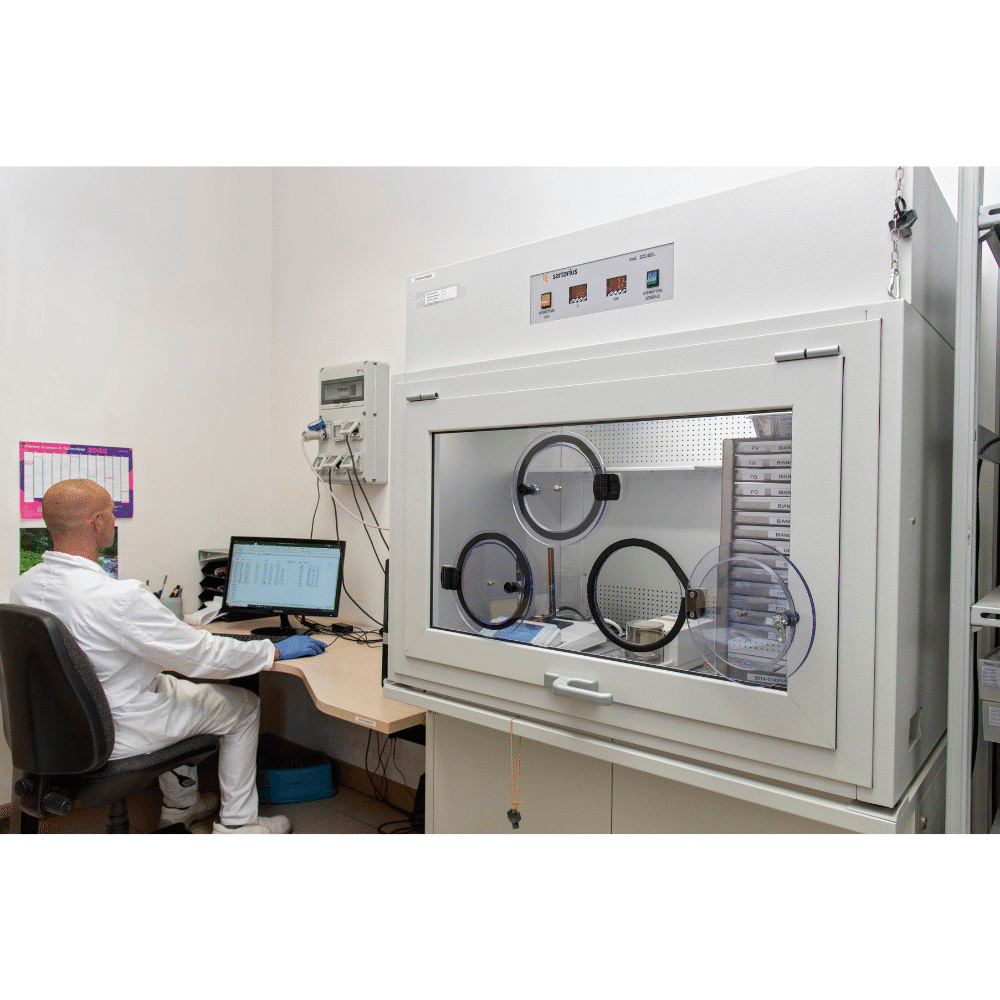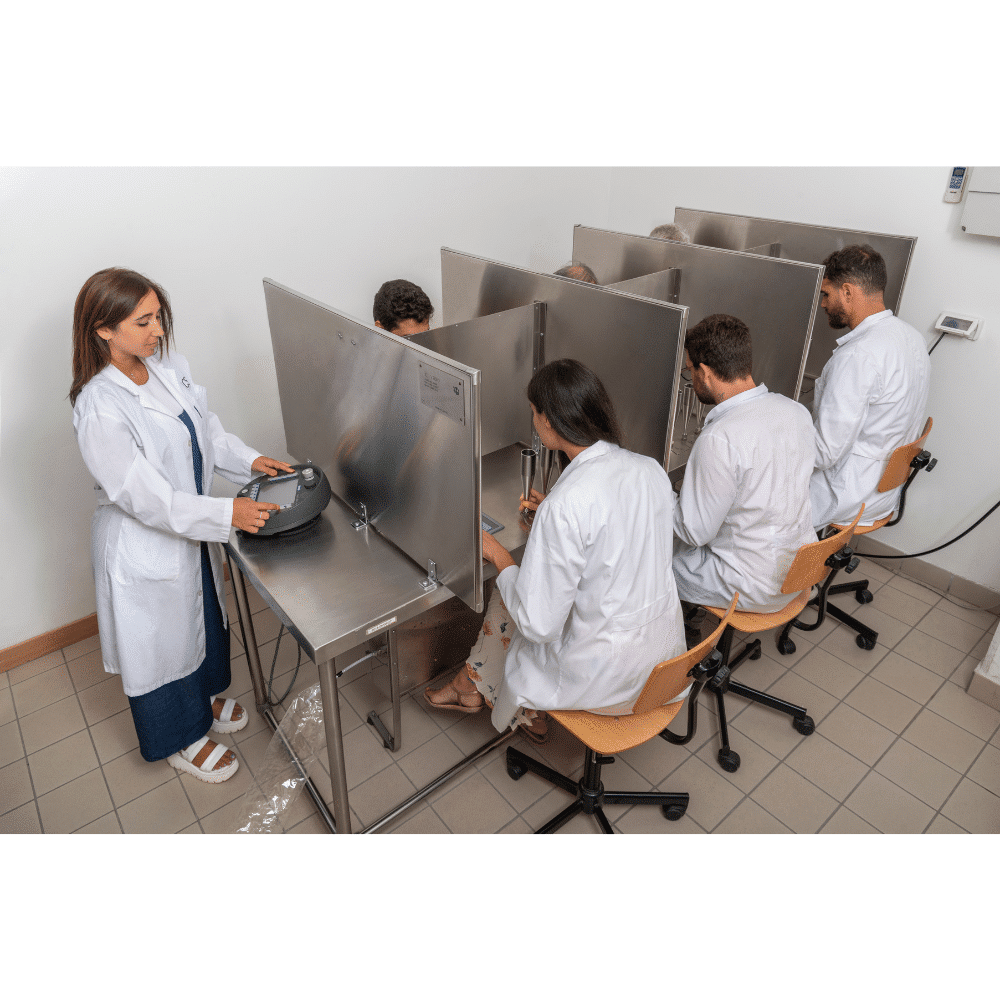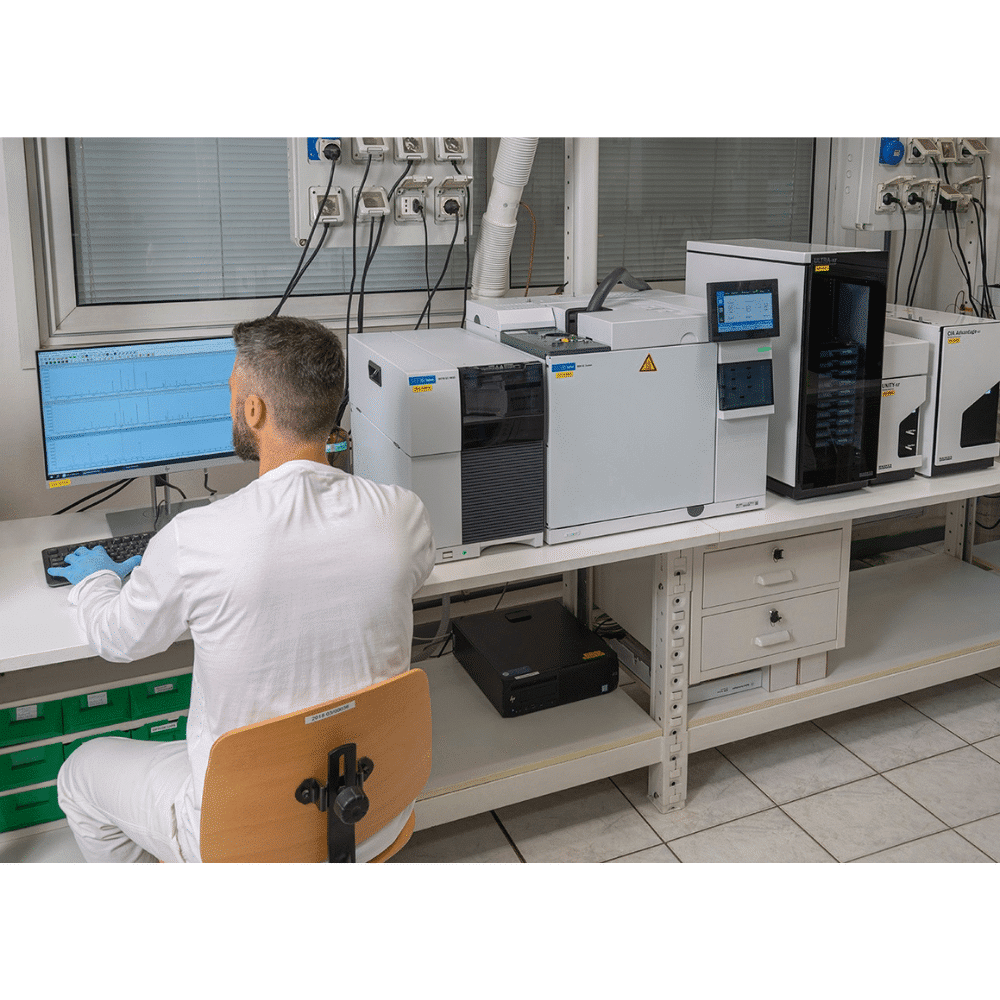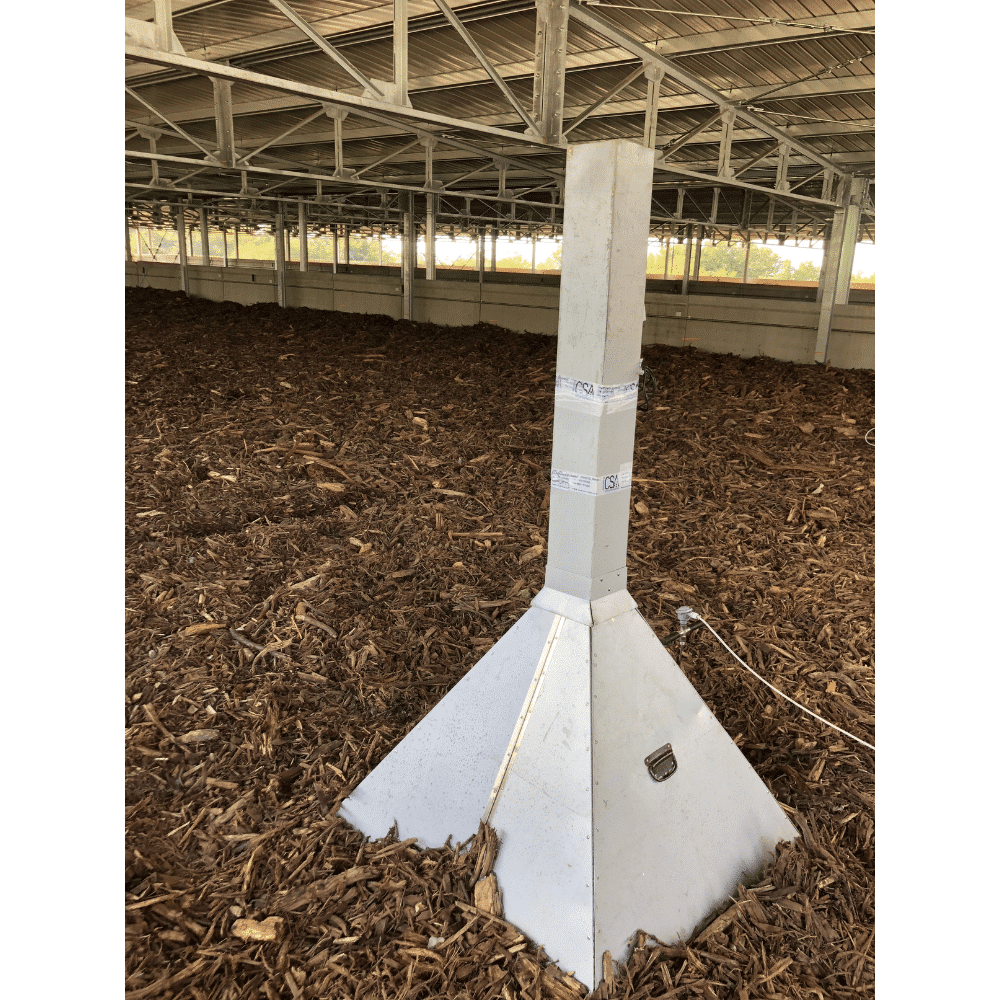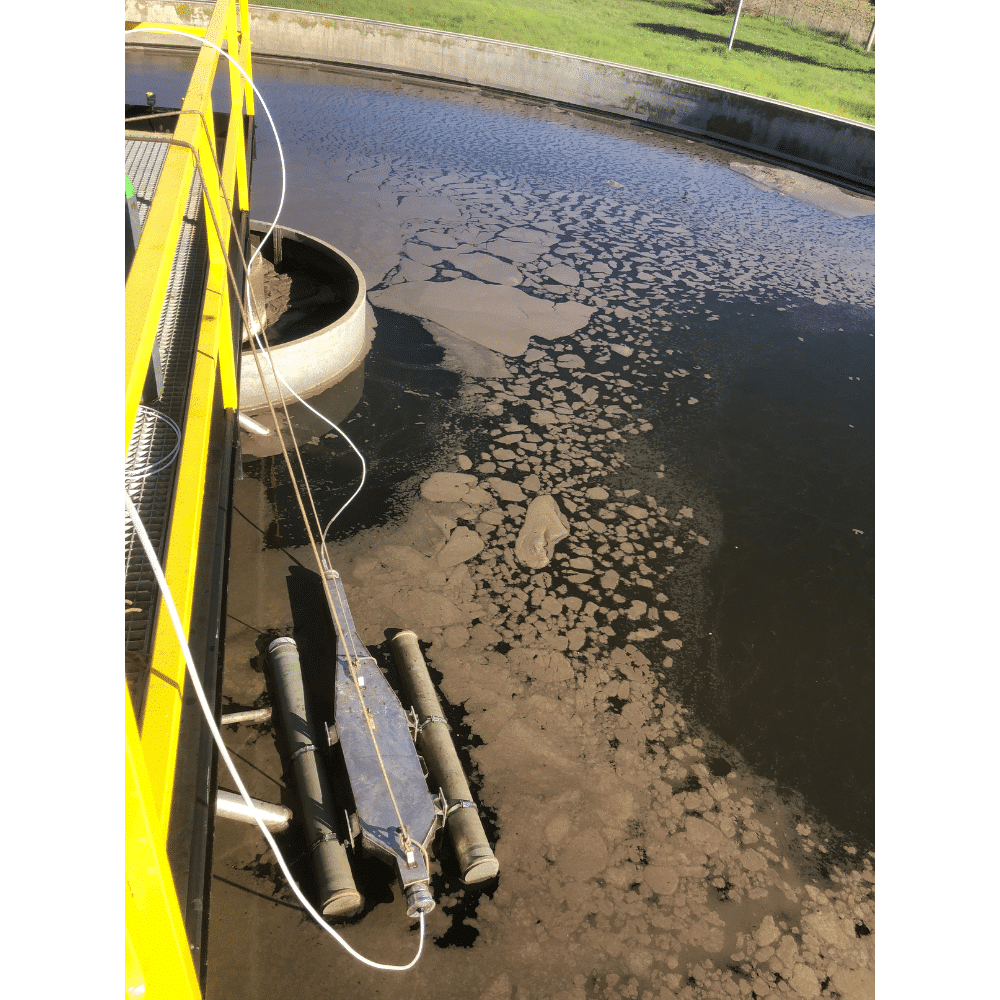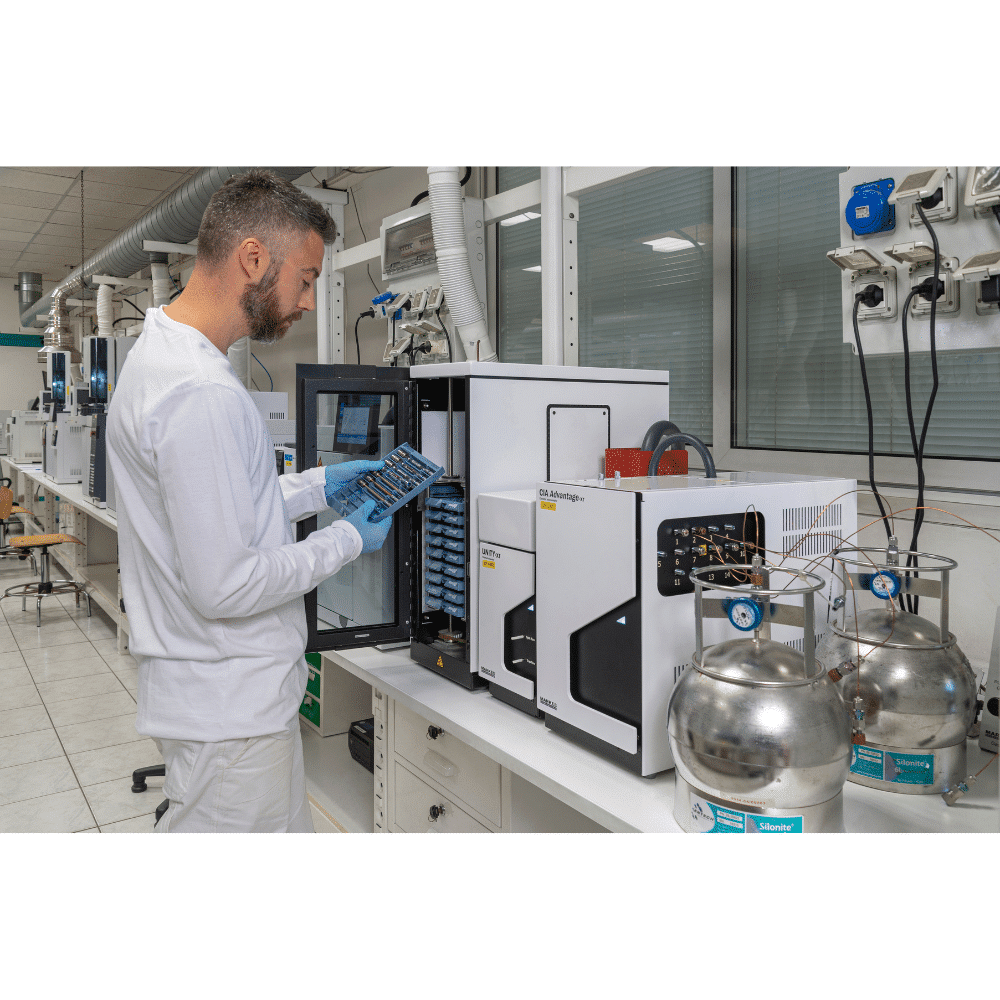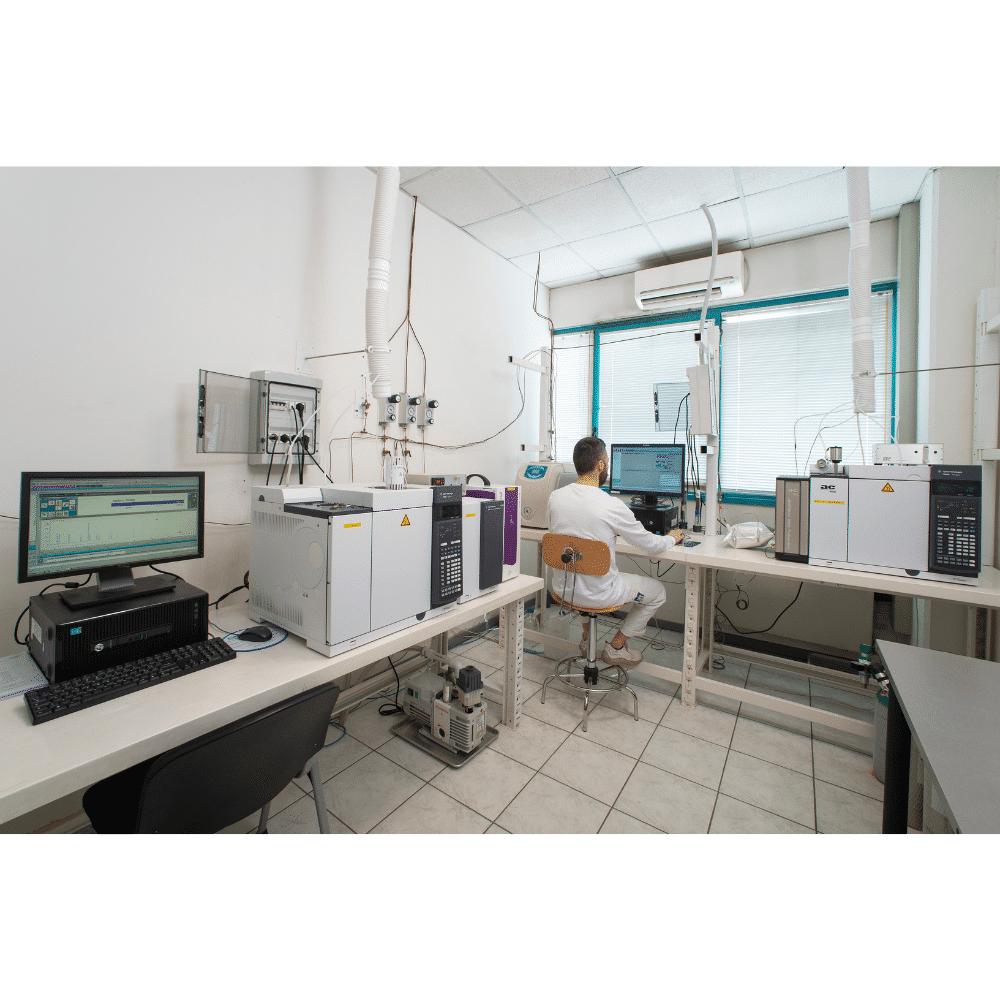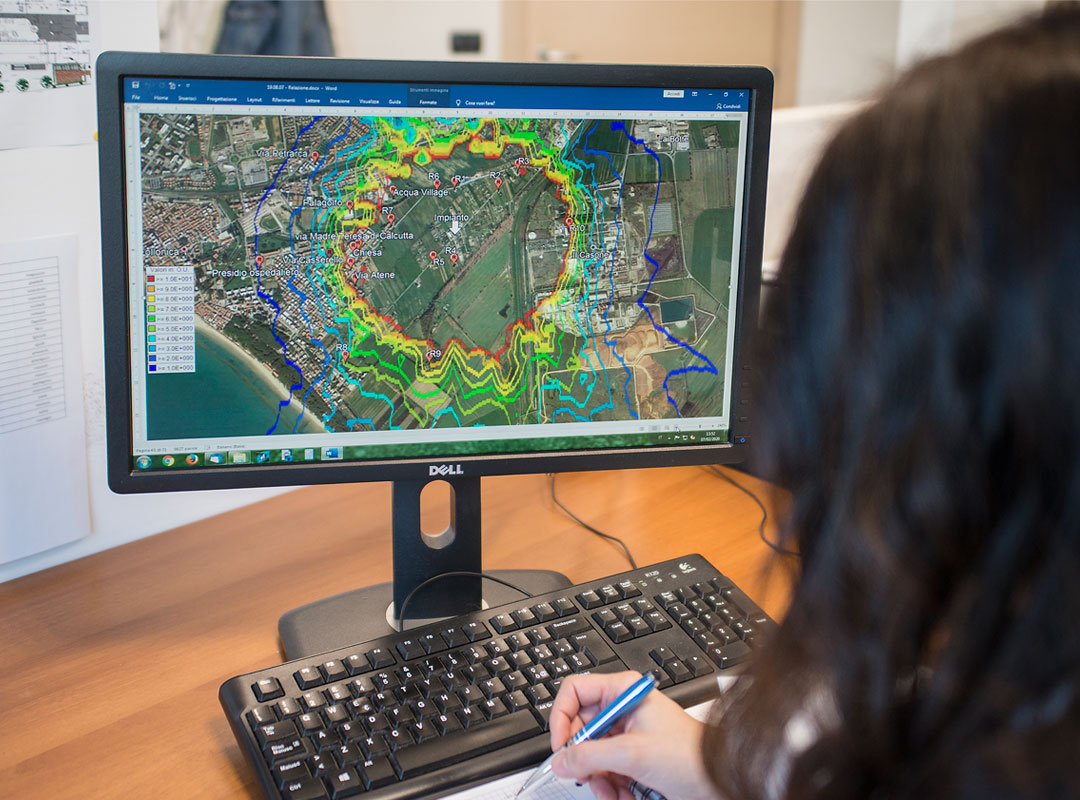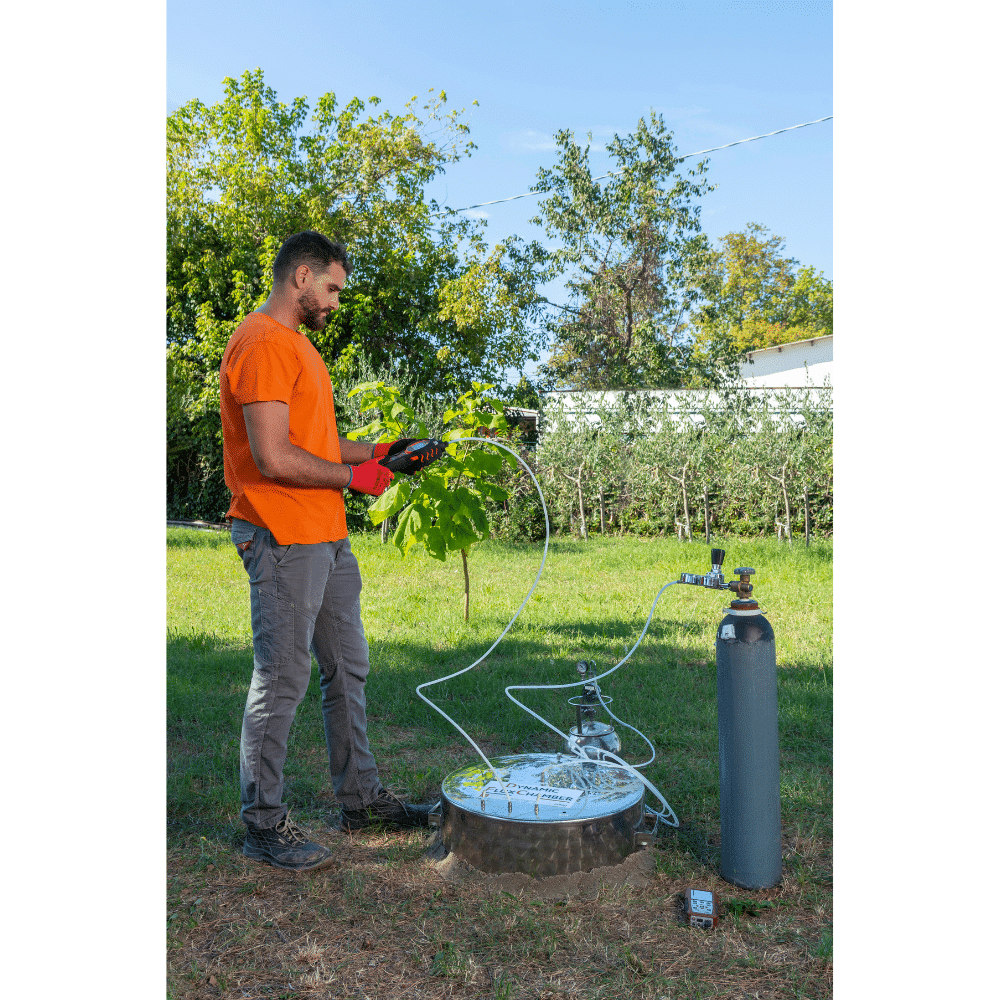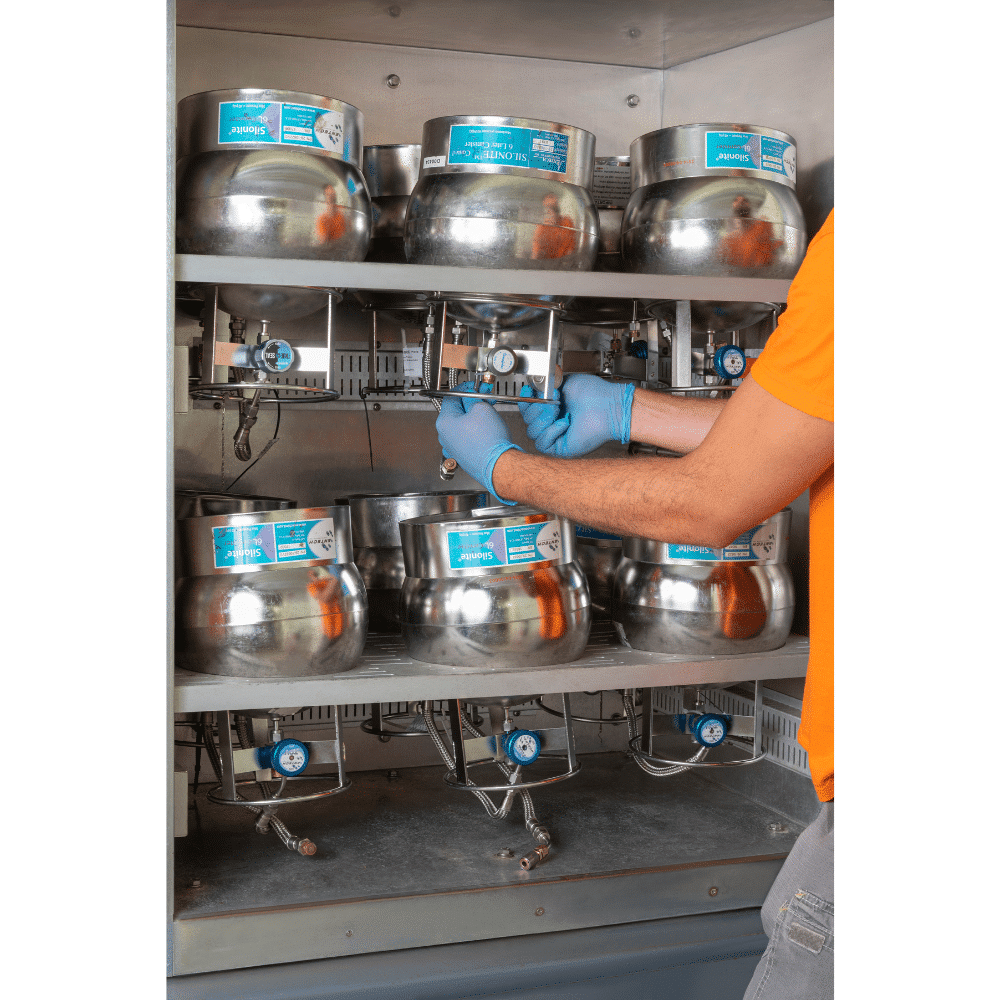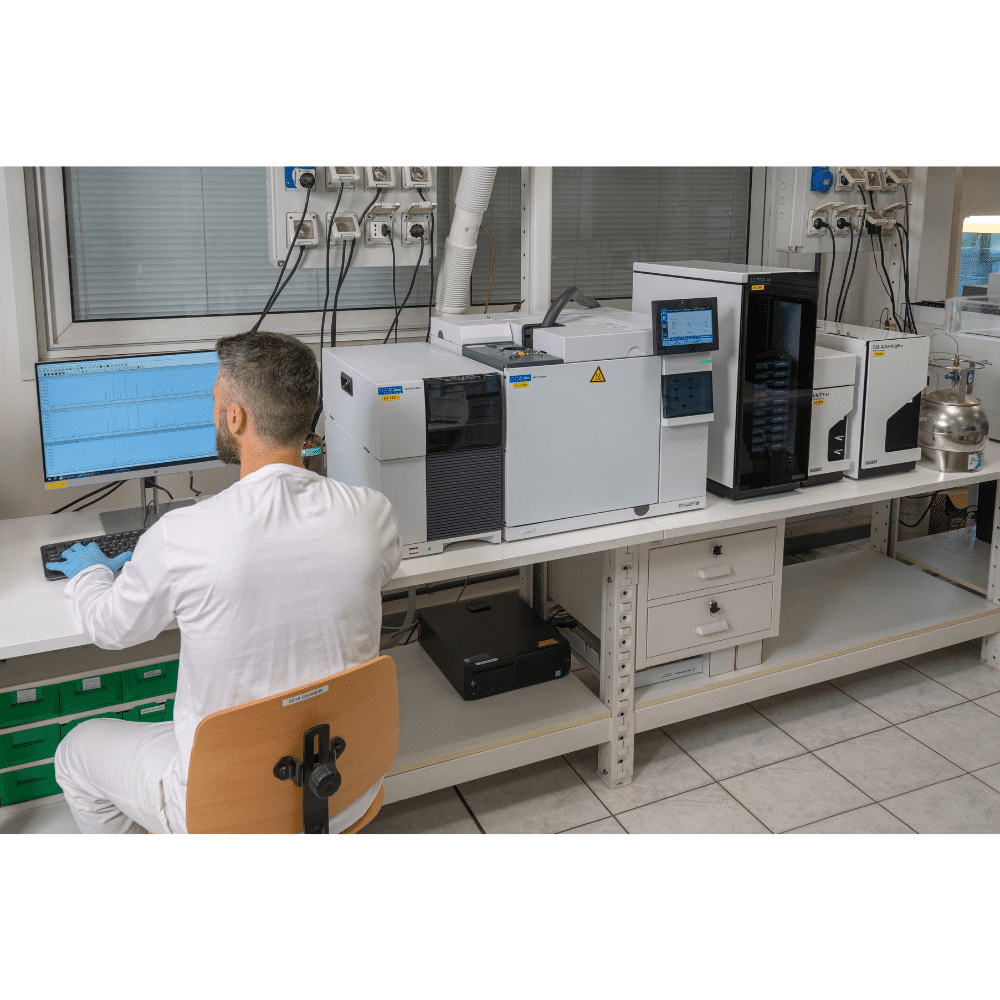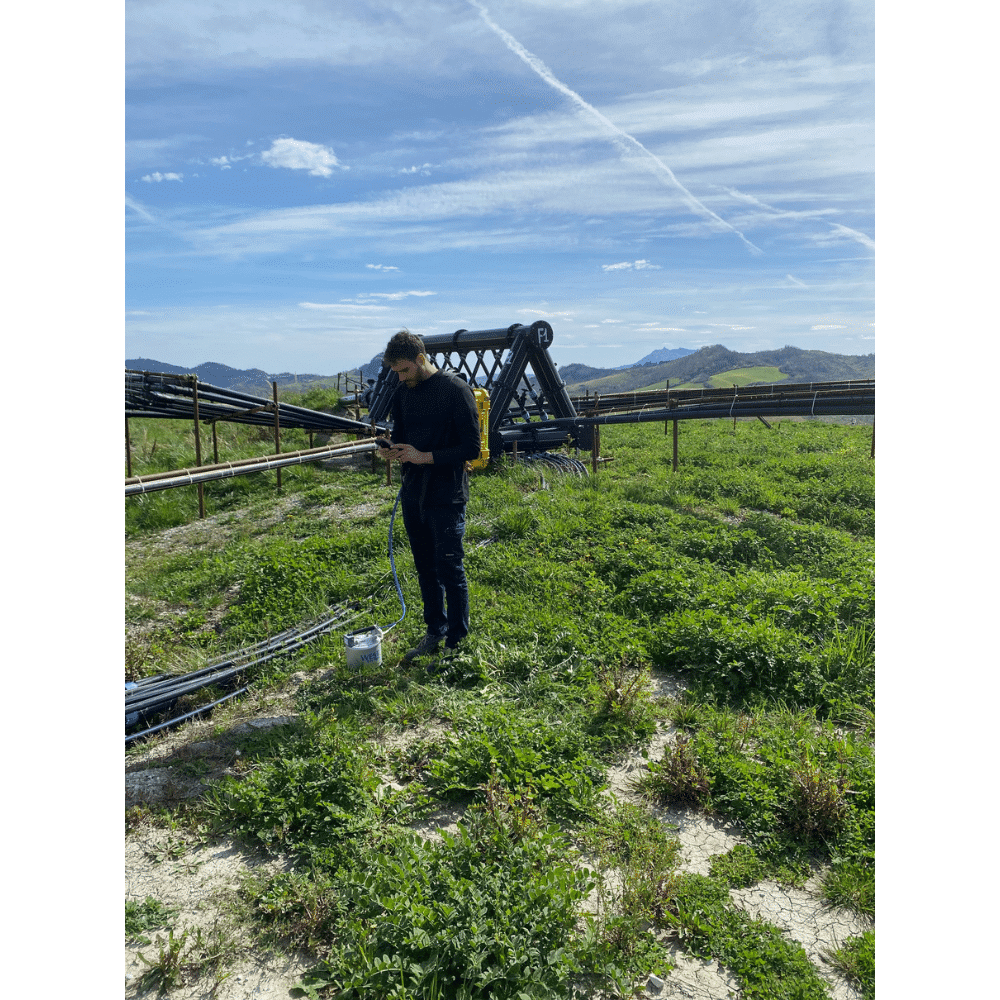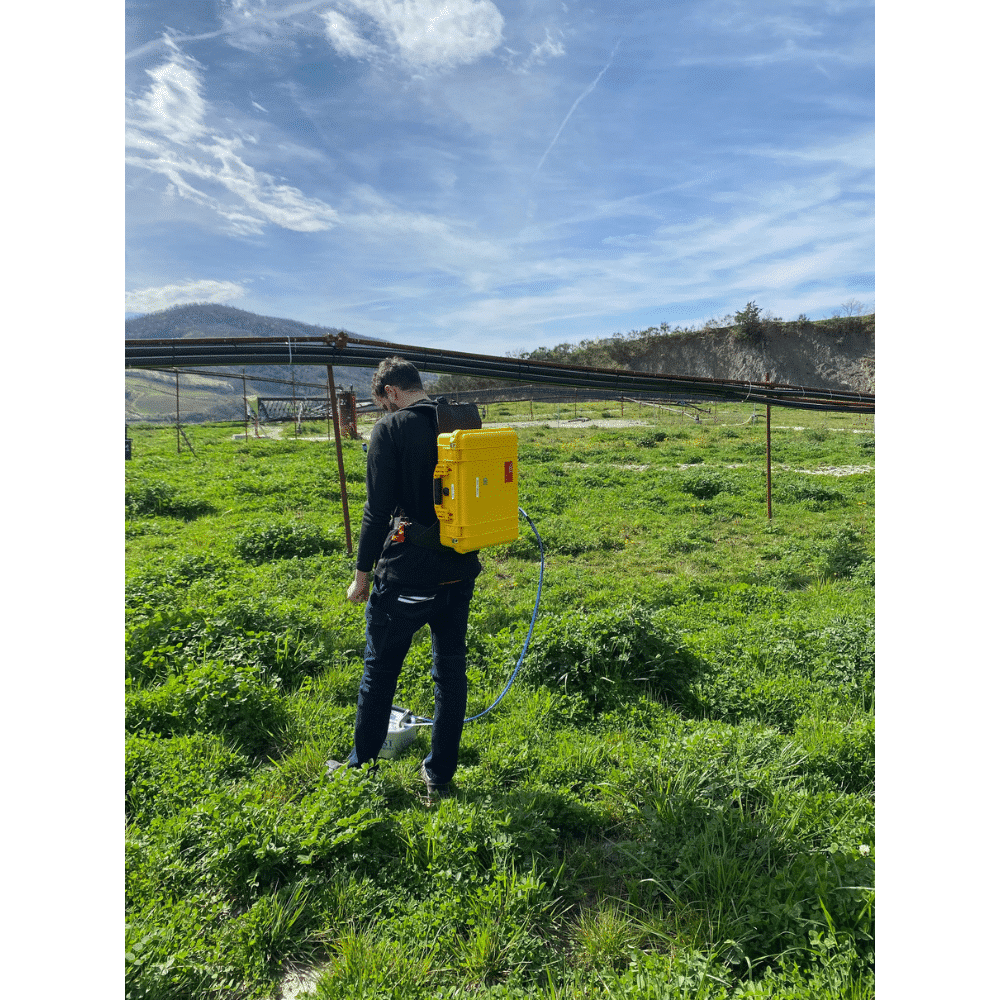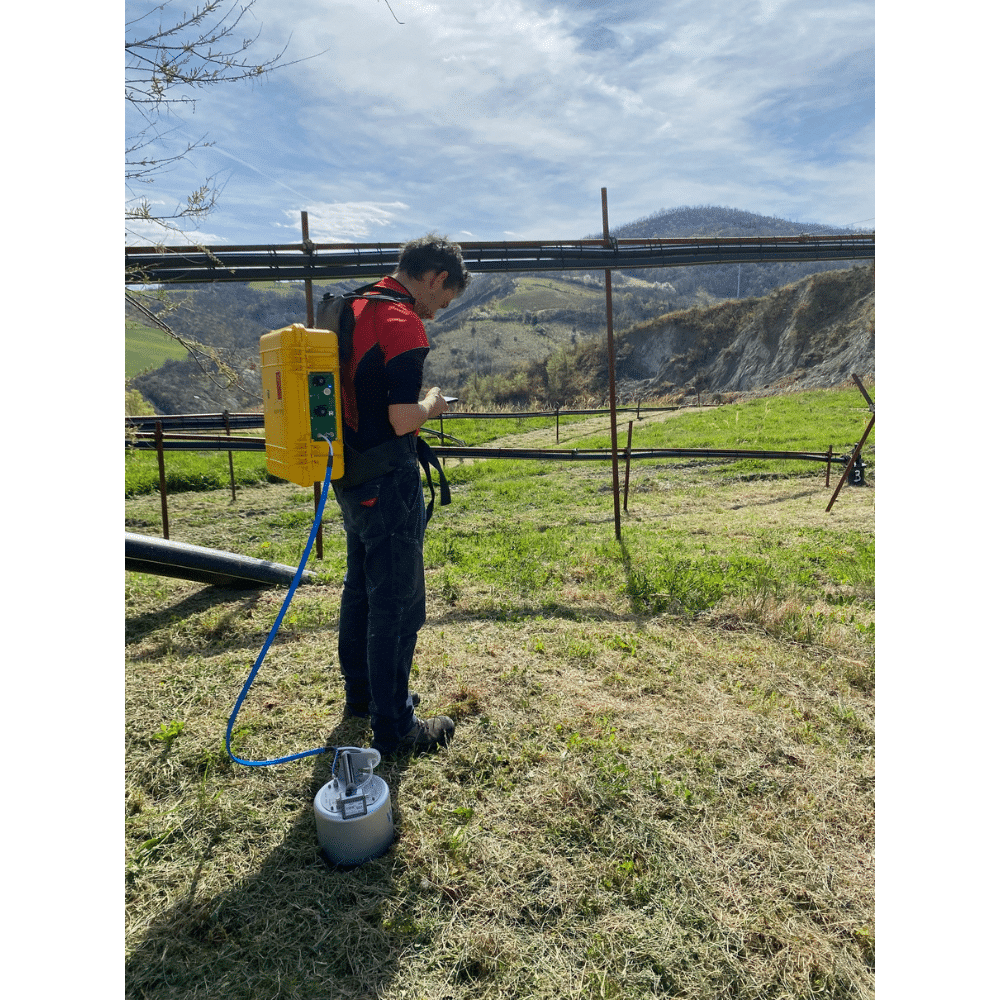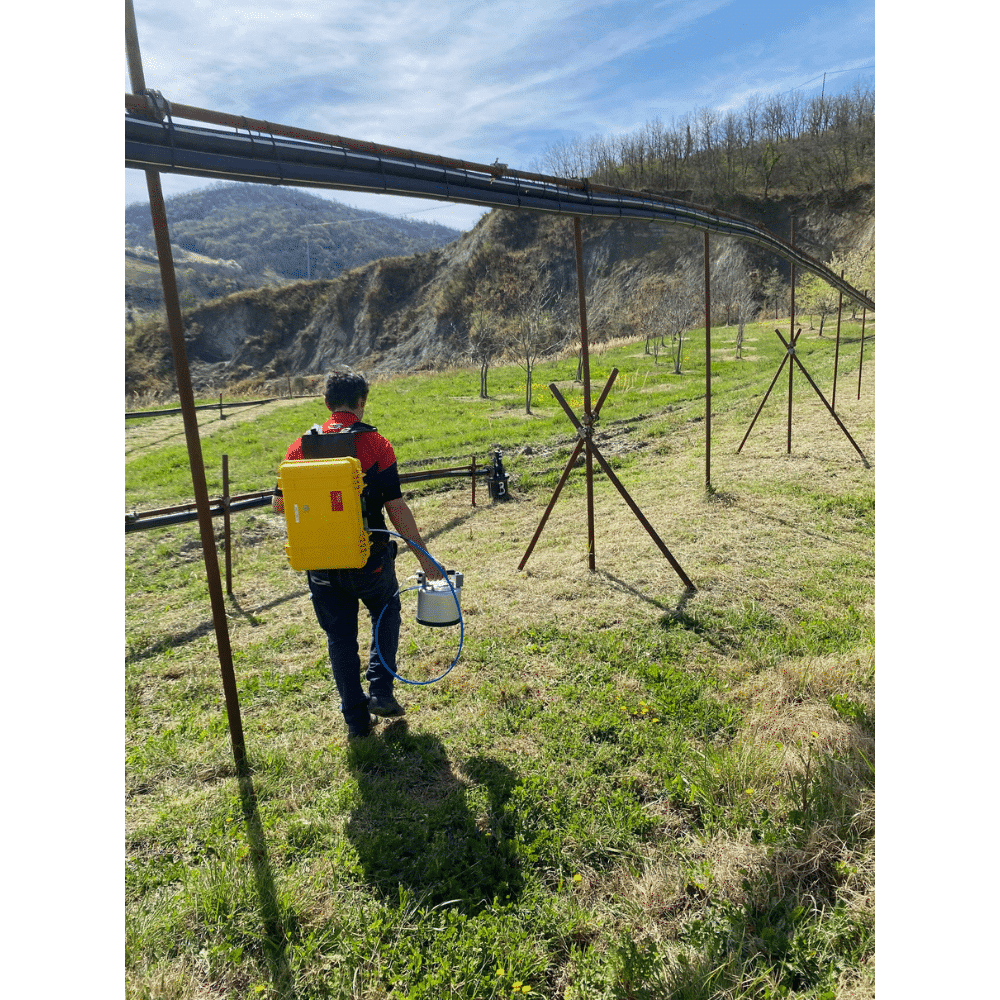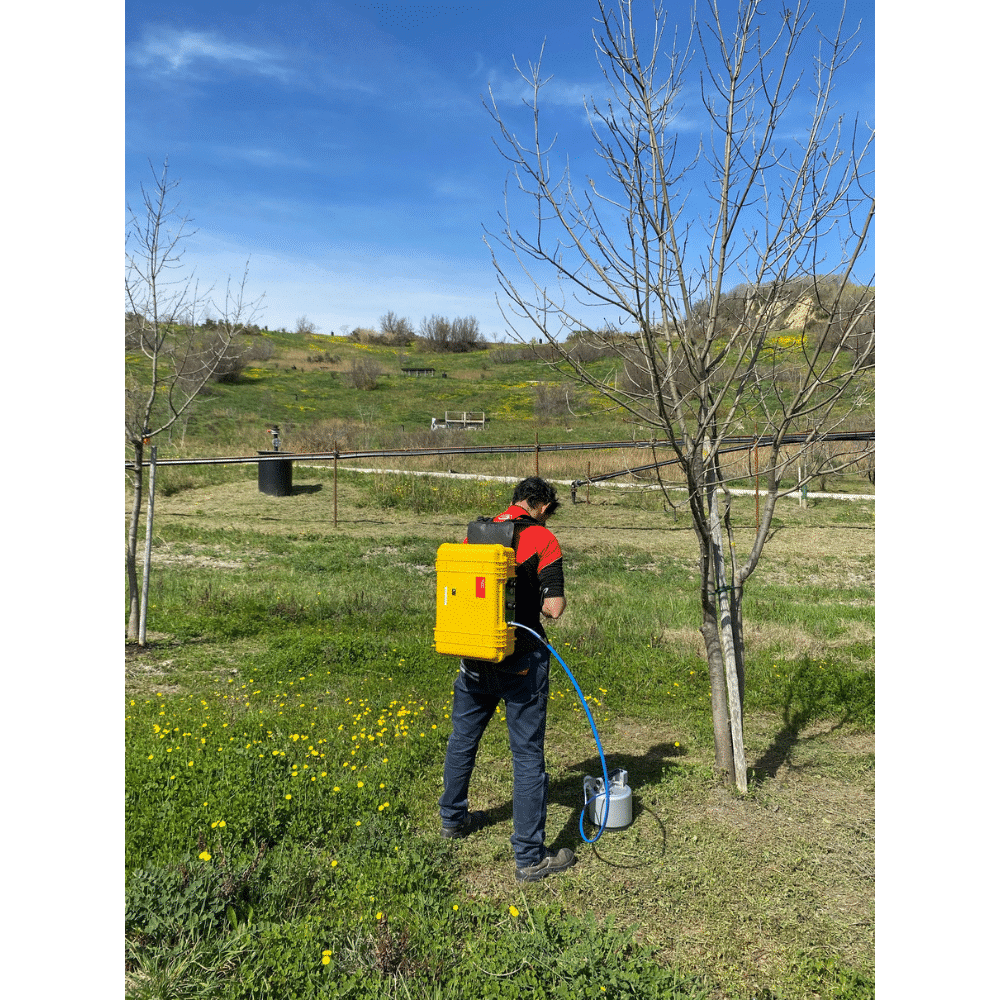Air quality and atmospheric emissions
Gruppo C.S.A. provides air quality and emissions monitoring services to ensure compliance with the limit values set by the Italian and European laws on air pollution and public health.
Air quality monitoring
We monitor the concentration of air pollutants in industrial and urban areas by means of 5 air quality monitoring stations in accordance with Italian Legislative Decree 152/2006 (Single Environmental Text).
These five mobile stations are equipped with analysers reporting data on a continuous, real-time basis for:
- Nitric Oxide (NO, NO2, NOx)
- Carbon Monoxide (CO)
- Sulphur Dioxide (SO2)
- Particulates (PM10- PM 2,5- PM1)
- Total Suspended Particulate(PTS)
- Ozone (O3)
- Hydrocarbon(CH4, totali, non metanici)
- Hydrogen Sulphide(H2S)
Sampling and Analysis of Air Emissions
With our extensive experience gained over the years, we can monitor the emissions produced by waste-to-energy plants, biomass power plants, industrial plants and factories.
We also check that Continuous Emissions Monitoring Systems comply with UNI EN 14181. Our mobile lab, equipped with state-of-the-art technologies and an automatic data acquisition and processing system, can:
- Conduct linearity tests, using proprietary certified standard gas
- Verify that “Quality Assurance Level 2” requirements are met
- Perform the Annual Surveillance Test
- Perform Relative Accuracy Test Audits
Odour Pollution and Dynamic Olfactometry
In order to measure odour pollution, Gruppo C.S.A. obtains samples directly from the source, namely:
- Ducted air flows
- Air flows from naturally ventilated spaces
- Air flows from mechanically ventilated spaces
- Volumetric sources
The sampling procedure consists in collecting air samples in Nalophan bags, wind tunnels, static flux chambers or directly from chimneys.
We analyse the samples taken using a dynamic olfactometer at our in-house lab. Panel testing is done within thirty hours of collection.
Gruppo C.S.A. uses Accredia-accredited methods for determining odour concentration according to the applicable standards.
Besides determining odour concentration levels, we also perform a chemical analysis of different compounds responsible for bad odours.
Atmospheric Dispersion Modelling
We use dispersion modelling to estimate pollutant concentrations.
An Atmospheric Dispersion Model is a mathematical simulation of the way certain air pollutants are transported and dispersed in the atmosphere, thus enabling us to estimate how air pollution concentrations downwind of a source change over time.
Soil Vapor Sampling Conducted with Flux Chambers
We use dynamic flux chambers to collect air samples, which are tested for volatile organic compounds that pose a threat to soil and air quality in accordance with Appendix B of the guidelines.
Landfill Gas Hazard Assessment
We monitor methane emissions from the surface of landfills to demonstrate compliance with the Guidance on monitoring landfill gas surface emissions (LFTGN07). We also measure carbon dioxide and hydrogen sulphide concentrations.
Measurement of Atmospheric Depositions
The study of the effects of the diffusion of pollutants and odors emitted into the atmosphere from one or more sources occurs through the application of Atmospheric Dispersion Models.
These mathematical models allow you to simulate the dispersion methods of pollutants and odors, measuring their concentration and distribution in space and time.
Airborne Asbestos Monitoring
Our specialists take air samples to detect airborne asbestos fibres.
Samples are collected using filters and analysed in accordance with Ministerial Decree 6-9-94, Official Journal No. 220 of 20.09.94.
We rely on Scanning Electron Microscopy (SEM) to identify asbestos fibres.
Contact our lab for more information
Please fill in the following form with your enquiry.

